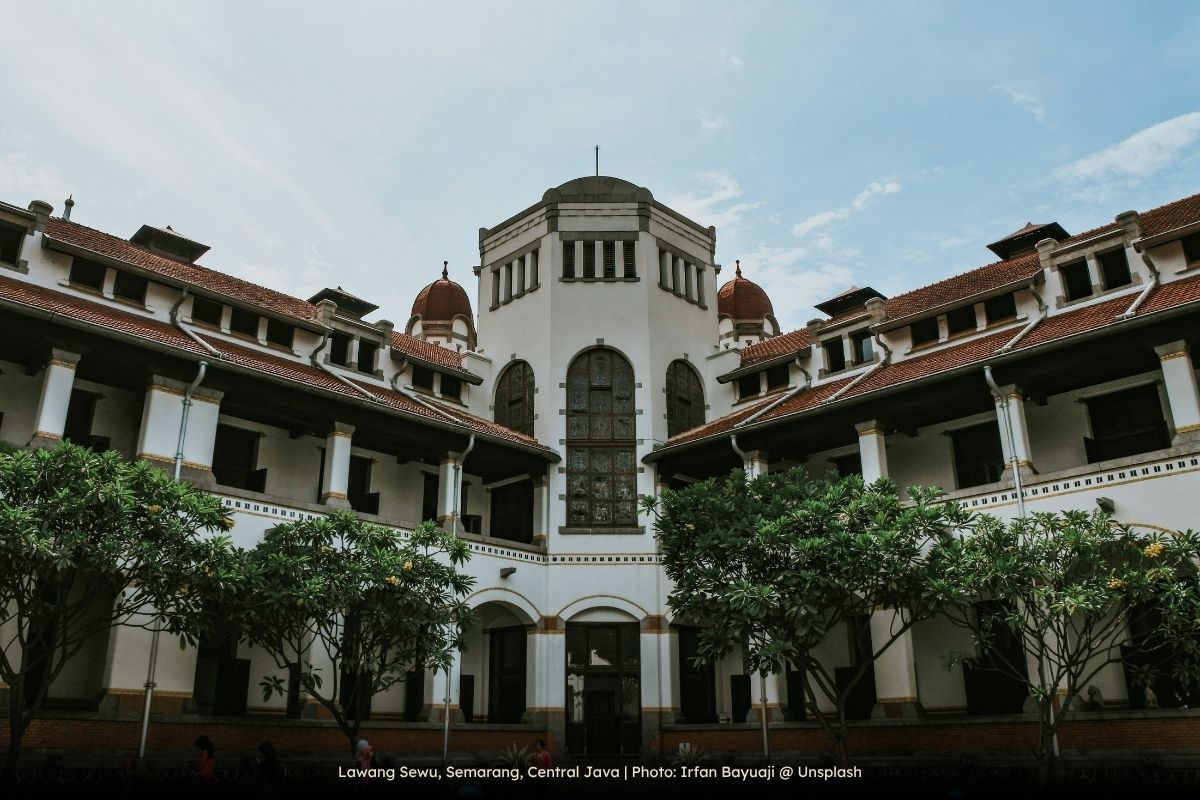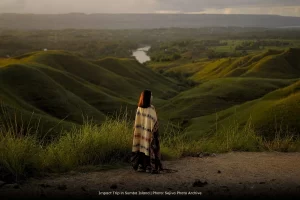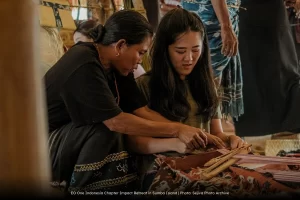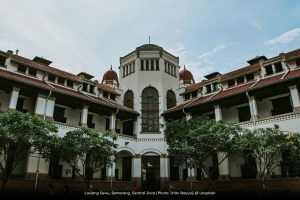what is dark tourism? finding meaning in the shadows this halloween season
Every October, as the Halloween season arrives, the world turns its attention to stories of shadows, history, and the past. This is the perfect time to explore a powerful kind of travel: Dark Tourism.
In simple words, Dark Tourism is when travelers visit places linked to intense human events—such as death, disaster, suffering, or profound tragedy.
To some people this might sound unsettling, but for others, it is a journey of respect and profound connection. Dark Tourism is not about chasing ghosts or looking for cheap scares. It is a chance to:
- Honoring the People: Respectfully remember those who lived through defining events.
- Learning the Lessons: Understand the history, the immense sacrifice, and the strength it took to endure.
- Connecting with Culture: Witness the incredible resilience of communities whose traditions and spirit survived the darkness.
We believe that visiting these sites with an open mind and a respectful heart turns your trip into an act of remembrance and cultural education. Are you ready to step off the usual path? Here are five Indonesian destinations—covering history, cultural rites, and natural events—where the past speaks powerfully to the present.
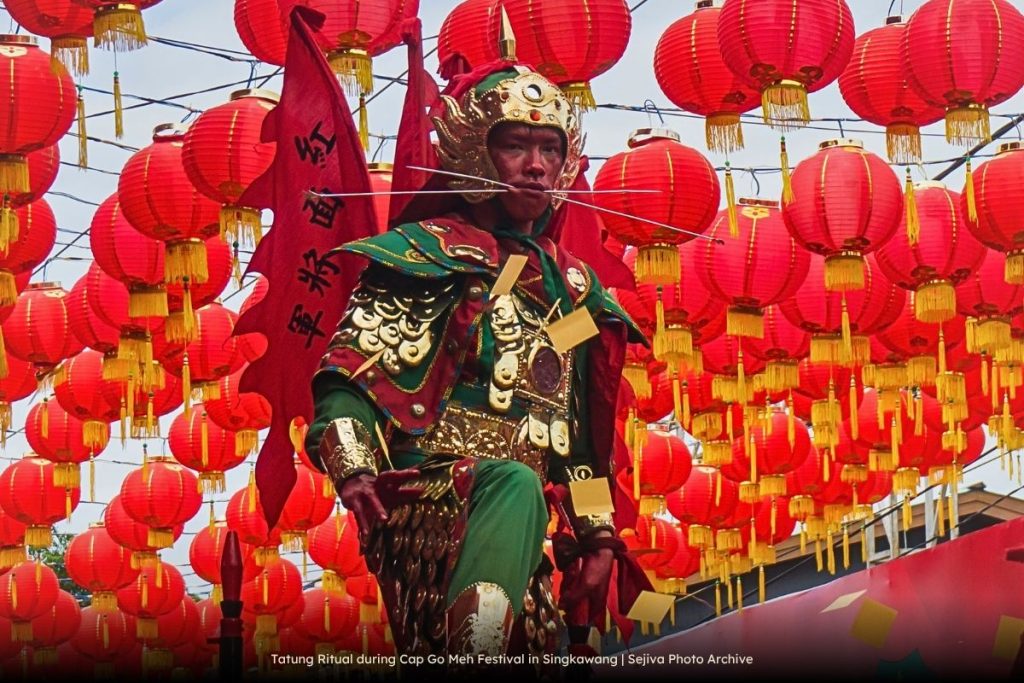
5 indonesian destinations that showcase resilience and culture
These five locations are not just points on a map; they are cornerstones of the Indonesian identity. By visiting them thoughtfully, you move from being a tourist to becoming a custodian of memory.
destination 1: tana toraja, south sulawesi – the sacred ceremony of ancestors
For the Torajan people, death is not a final goodbye—it is a slow, community-wide transition. The elaborate Rambu Solo funeral ceremonies can last for days, celebrating the bond between the living and their deceased. The ancestors, often symbolized by the wooden Tau Tau effigies, remain a central part of family life.
The Lesson: This profound cultural ritual shows a society defined by a deep and enduring respect for lineage and family heritage. It offers a powerful perspective that transforms how we think about life, death, and community bonding.
destination 2: lawang sewu, semarang, central java – the thousand doors of national strength
This magnificent Dutch colonial structure, Lawang Sewu (“The Thousand Doors”), is iconic for its architecture but also for its complex history. During World War II, this building served as a difficult prison, bearing witness to decades of struggle and conflict during the Japanese occupation.
The Lesson: Lawang Sewu stands as a monument to national resilience and freedom. Visiting this site is an opportunity to respectfully reflect on the nation’s complex past and the strength required to overcome immense adversity.
destination 3: trunyan village, bali – the ancient rite of spiritual harmony
On the shores of Lake Batur, the indigenous Balinese-Aga community in Trunyan maintains a unique ancient burial rite. Bodies are simply laid out on the ground, contained by bamboo cages, rather than being cremated or conventionally buried.
The Lesson: The odor is neutralized by the unique scent of the sacred Taru Menyan tree. This powerful practice is a testament to cultural perseverance and the community’s deep, unique spiritual-ecological harmony that has survived for centuries.
destination 4: papua mummies, baliem valley – the rites of ancestral continuity
In the remote highlands of the Baliem Valley, several tribes—including the Dani, Mek, and Moni—uphold a powerful ancestral tradition of preserving their revered leaders through mummification. These mummies, which are typically smoked and placed in a sitting position (symbolizing a baby in the womb), are not mere relics. They are spiritual figures who are actively maintained to ensure the ancestors’ continued presence and influence within the community. This preservation of valued individuals through detailed and enduring processes is an act of deep cultural honor.
The Lesson: This rite offers a powerful glimpse into an unbroken cultural link with the past. It showcases an extraordinary commitment to ancestral memory and community identity, where the past is actively woven into the spiritual fabric of the present.
destination 5: tatung ritual, singkawang – the endurance of spiritual devotion
During the Cap Go Meh celebrations in Singkawang, West Kalimantan, the spectacular Tatung ritual takes place. Participants, believed to be possessed by ancestral spirits, enter a deep trance state. As part of this powerful spiritual act, they demonstrate incredible feats of spiritual fortitude, such as piercing their cheeks or walking on sharp objects without apparent injury. The ritual is a defining event for the local Chinese-Indonesian community.
The Lesson: This spectacular and resilient ritual is a testament to the cultural tenacity of the Chinese-Indonesian community. It is a deep demonstration of spiritual power and a powerful cultural tradition that has endured through centuries of history and change.
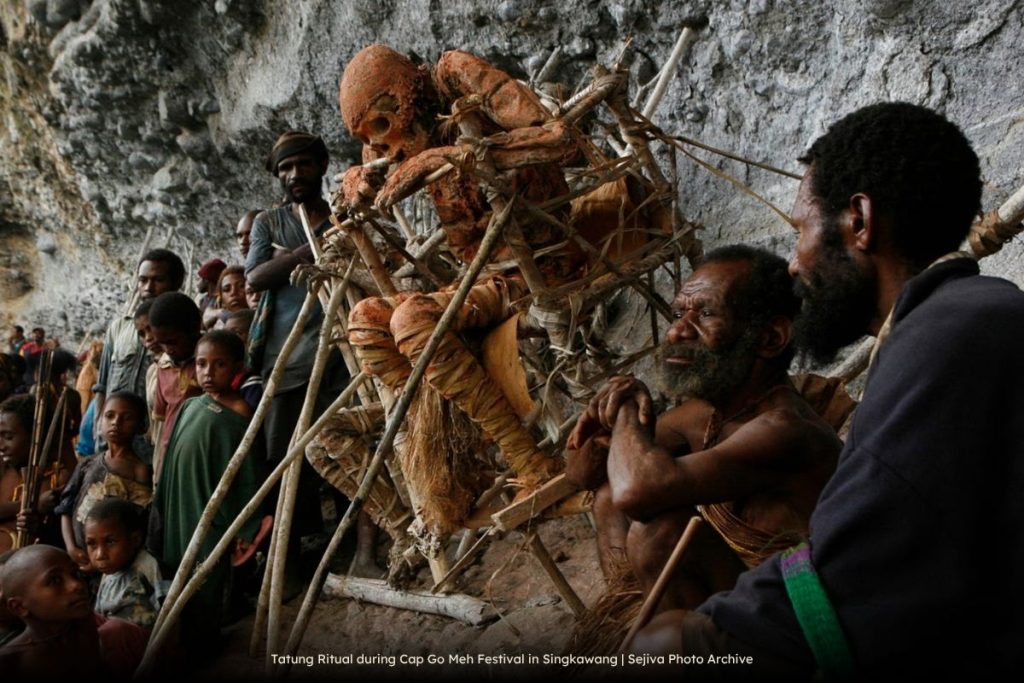
the traveler’s pledge: how to be a respectful visitor
When exploring places tied to defining histories, you are a guest in a community’s sacred spaces. These sites are the heart of a culture’s identity. Your actions directly impact how these powerful stories are preserved.
To ensure your visit is respectful and truly educational, remember this simple pledge:
- Listen to Local Guides: Always hire and listen to local people and community guides. They hold the true stories and context.
- Respect Sacred Spaces: Be mindful of your dress, volume, and conduct, especially at memorial and sacred sites.
- Support the Community: Ensure your spending directly supports the local people and organizations dedicated to preserving the culture and history.
Ready to find the deeper meaning in your travels?By embracing Dark Tourism responsibly, you honor the past and contribute to a more mindful future. Which of these five powerful Indonesian destinations calls to you the most this season?

